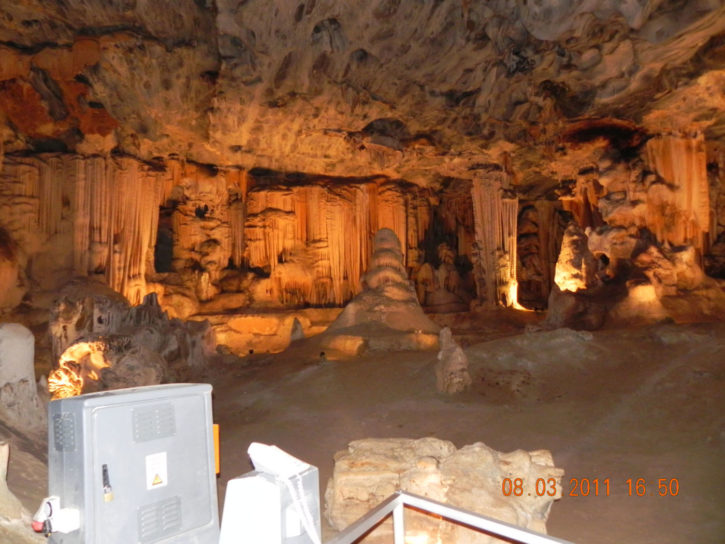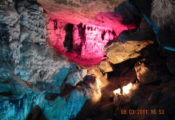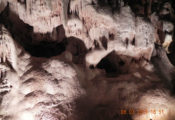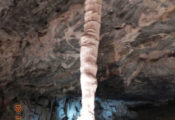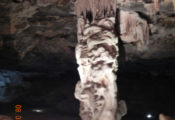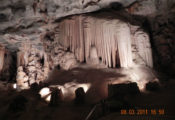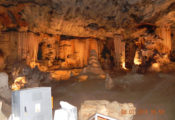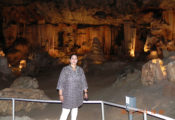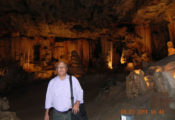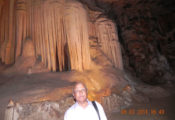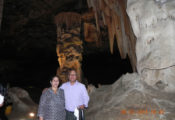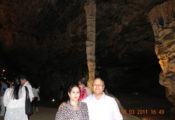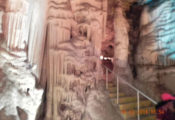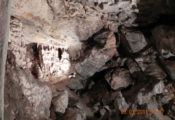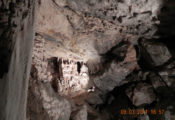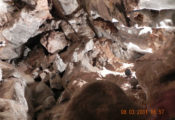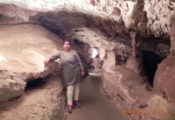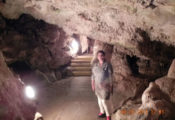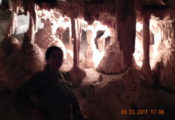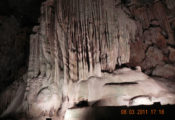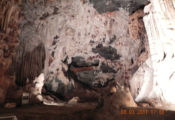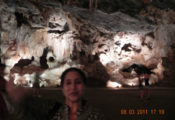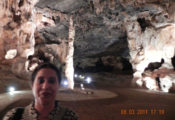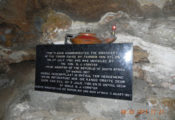08-03-2011
Situated near to the well-known Swartberg Mountains, the Cango caves are huge dripstone caverns, with vast halls and towering formations, the biggest caves in Africa. The entrances to these caves were used during Middle and later Stone Ages by human and in 1780 the caves are known to people around despite only 25% of the vast area being open to the public.
The caves are as a result of some of the biggest stalagmite formations in the world set in Precambrian (a time about 4500 million years ago) limestone. Cango Caves are a series of dripstone caverns that open into vast halls of towering stalagmite formations with names like ‘the bridal couple’, ‘glass flower fantasy’, ‘weird cango candle’ and ‘the hanging shawl’. These caves took millions of years to form one of the world’s great natural wonders. In totality, the extensive system of tunnels and chambers in the Cango Caves stretch for over 4 kilometres. The main chambers in the Cango Caves, called Cango 1, contain countless dripstone formations, and Van Zyl’s hall – named after its discoverer – is simply breathtaking it is so huge.
Cleopatra’s Needle, which stands 9 metres high and is at least 150000 years old, is one of the main attractions at the Cango Caves, but the beautiful dark grey roof, with its smoothly sculptured hollows and pendants, comes a close second.

